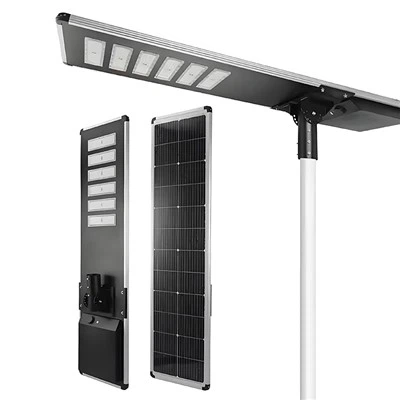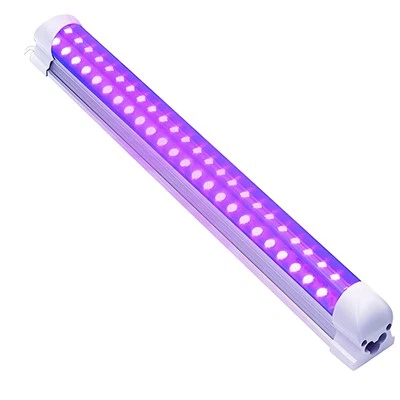Emergency lighting's relative energy use when maintained versus when it isn't
How much energy is used by emergency lights that are maintained (always on) and unmaintained (only on when the mains power fails)?
Because maintained lights are constantly on, they automatically consume more energy. But even unmaintained lights need a steady trickle charge from the mains to keep the backup battery charged. However, non-maintained emergency lights will use less energy during their lifespan.
As a point of comparison, consider a conventional emergency bulkhead with a fluorescent bulb. The non-maintained version only uses 8W per hour compared to the maintained version's 21W per hour energy consumption. This demonstrates unequivocally that maintained lighting uses far more electricity than unmaintained alternatives.
Is it possible to conserve energy by using unmaintained emergency lighting?
While there is little doubt that the answer in this case is yes, the choice of emergency lighting installation cannot be based solely on economic or environmental considerations. As a general rule, unmaintained emergency lighting is permissible in circumstances when it is reasonable to assume that building occupants are familiar with their surroundings. Due to the fact that most workplaces' employees are familiar with their surroundings, this includes offices.
When choosing an emergency light for a public space, maintained emergency lighting should be your go-to option. This assists in evacuation in cases where there is no power outage by ensuring that departure locations and escape pathways are always brightly lighted.
Naturally, whether maintained or not, the most important job of an emergency light is to provide adequate lighting in the event of a power outage. When this occurs, the luminaire switches to emergency illumination mode and uses its reserve battery to keep running.
When my emergency light enters emergency mode, why does it dim?
Lumens are the unit of measurement for emergency luminaire light output. The unit of measurement for how much light any particular source emits is called a lumen.
A higher lumen rating often equates to better visibility around the light fixture. When operating normally, maintained emergency lights have a defined lumen level; however, when in emergency mode, this brightness is frequently lower. Let's take a normal fluorescent emergency bulkhead light as an example again. In maintenance mode, the brightness intensity is 320 lumens; in emergency mode, it is 80 lumens. As a result, the emergency light may operate for longer while still providing adequate brightness that complies with the guidelines in BS EN 1838:2013 - Lighting applications. It is essential to take into account the quantity of light needed in emergency mode when developing a system when choosing an emergency light fitting for your property.
Can LED emergency lights be trusted?
Businesses now have a significant chance to reduce their energy consumption thanks to the introduction of emergency light fixtures made with light emitting diodes (LEDs) rather than traditional fluorescent tubes.
LED emergency luminaires require a tiny fraction of the electricity that conventional tube light fixtures use in order to operate. Bulkheads reduce the usage to less than 5W. Periodically, conventional fluorescent bulbs must also be changed. Replace a bulb right away if it begins to exhibit indications of wear, such as a greying of the tube ends. The LEDs used in LED emergency lights, on the other hand, should endure the duration of the product, offering a supplementary and significant cost save.
Due to the vastly different amounts of energy they use and the elimination of maintenance expenditures for lighting tubes, LED emergency lights are a far better option for maintained emergency lighting.
Why is the warranty duration sometimes shorter for maintained emergency lighting?
It may seem odd that certain emergency lighting devices have different guarantee periods depending on whether they are maintained or not, but this is simply due to the relative stress that an emergency light fitting is subjected to over the course of its existence. Only emergencies or when testing the lights on a regular basis can non-maintained lights be used. As a result, it is reasonable to anticipate that the interior components of the light will survive longer. Three years is a typical guarantee duration for maintained emergency lights, which is still a significant minimum lifespan. Even for maintained emergency lights, Benwei provides extended guarantee durations (five years).
It is important to keep in mind that most extended warranties do not cover 'consumables,' such as tubes and changeable backup batteries, as it is common for these parts to need to be replaced on occasion.
What kind of emergency light is ideal for my company?
Although there isn't a universal solution and unique situations may call for further analysis, LED emergency lights are often the most economical and energy-efficient choice. This will be true in the majority of situations, but it is particularly true when maintained emergency lights must be employed.

|
Product name |
Benwei Led Flood Light |
|
LED power |
100W/200W/300W |
|
CCT |
3000K-6000K |
|
CRI |
>60 |
|
Housing material |
Aluminum |
|
Adaptor |
Wall charger and Car charger |
|
Working Temperature |
-25 ℃ to 50 ℃ |
|
Beam Angle |
120 ℃ |






